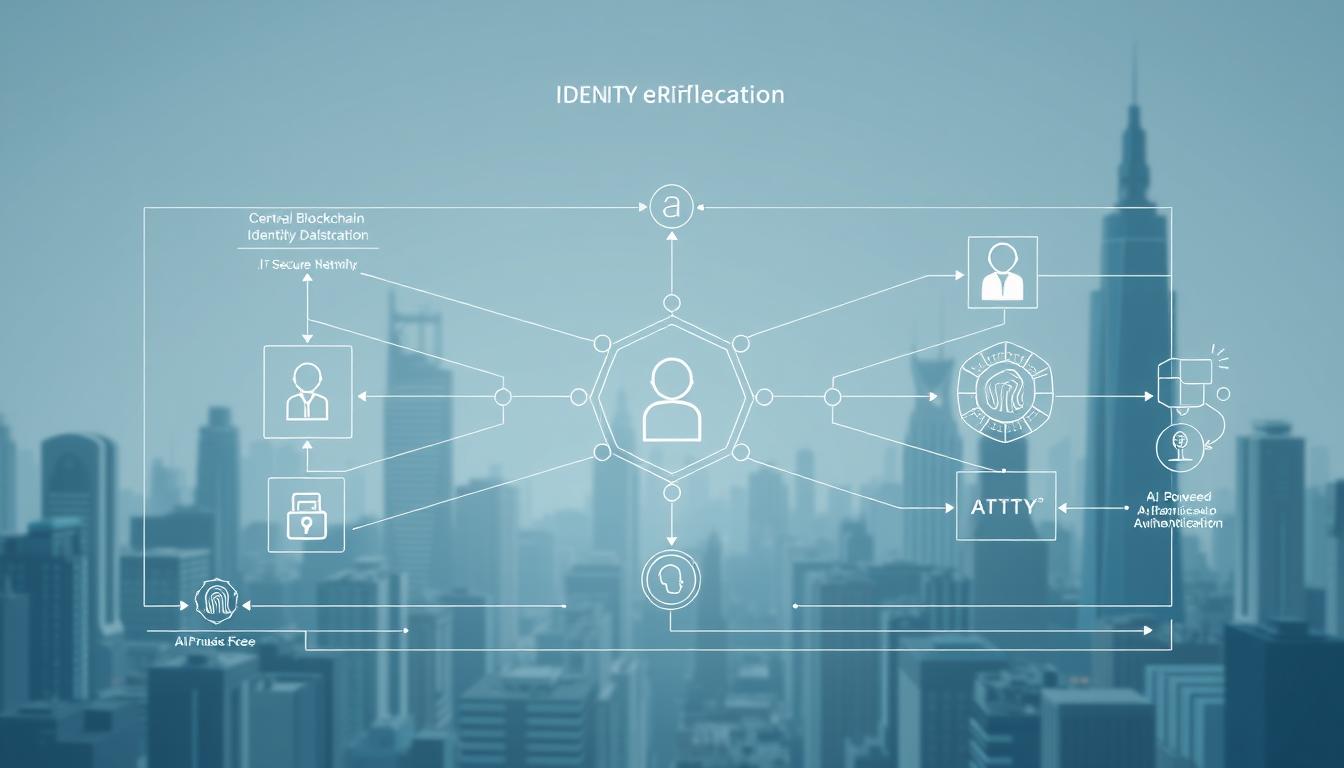Two powerful forces are shaping our digital future. On one side, we have distributed ledger systems that power cryptocurrencies and secure vast amounts of value. On the other, a new
All posts tagged in Blockchain Security
Smart contracts are the backbone of many modern blockchain applications. Once deployed, they are permanent. There is no undo button. This immutability makes security absolutely essential before launch. Recent data
In our connected world, protecting personal information is more critical than ever. Traditional methods for confirming who we are online often struggle with security risks and data breaches. This guide
Digital ledgers rely on special computers to function properly. These machines, known as validator nodes, are the backbone of the entire system. They work together to check transactions and create
Digital ledgers that run without a central authority are not static. They are living systems that need constant care. This care comes in the form of planned changes to their
Modern businesses face growing challenges with information management. Traditional methods often struggle with security and transparency. This creates a need for more reliable systems. The global market for this innovative
In today’s digital landscape, protecting sensitive information requires more than firewalls and passwords. Enter distributed ledger security – a revolutionary approach that redefines trust in data systems. By design, these
This guide explains how modern protocols let distributed ledgers agree on a single source of truth without human checks. Consensus systems replace slow, human verification with automated cryptographic steps that
Distributed ledger systems are reshaping industries, but not all operate the same way. Two distinct models dominate the conversation: permissioned systems requiring authorization and open-access platforms allowing global participation. These
Modern digital systems rely on innovative frameworks to protect sensitive data. Among these, decentralized networks built on cryptographic protocols have emerged as a groundbreaking approach. These systems use advanced math
- 1
- 2



















